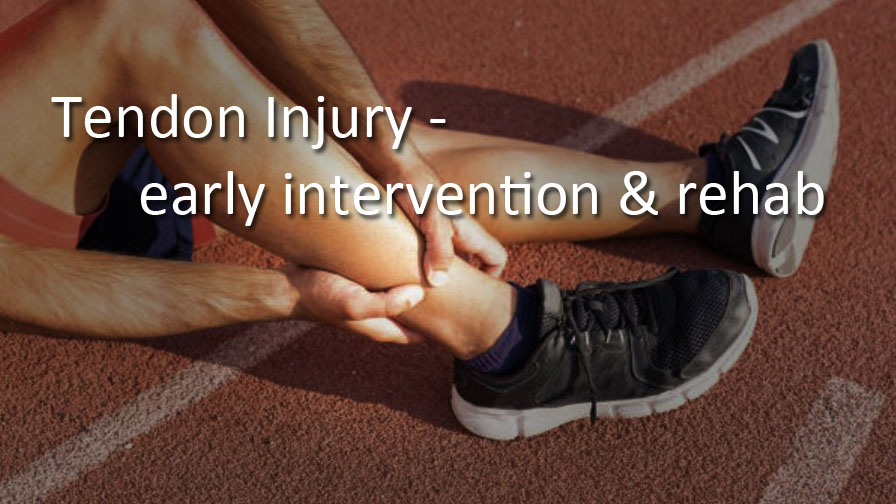
Vibration Therapy for Tendon Injury
Tendons primarily consist of dense collagenous fibers. Unlike muscles, tendons have a very low density of living cells and limited blood circulation. Tendon injury takes much longer to recover.
The tendon recovery process often involves the formation of scar tissue, which is our body's natural healing mechanism. However, scar tissues compromise the tendon's functionality and performance, and cause chronic tendon issues.
For tendon injury recovery, vibration therapy may offer an effective early intervention that regulates the formation of scar tissue and optimizing the healing process.
For chronic tendon injury, vibration therapy can improve tendon condition by reducing tissue adhesion, or even breaking down scar tissue to allow original tendon cells to grow back in the place.
Early Intervention
[Reduced Scar Tissue Formation] A controlled amount of vibration-induced muscle contraction may slow down the formation of the scar tissue and allow tendon cells to grow in the place.
[Reduced Tissue Adhesion] The muscle contraction also help prevent the formation of scar tissue adhesions around the tendon.
[Improved Tissue Texture] The muscle contraction force guides the texture of scar tissue and tendon cell to form on the axis direction, for improved performance.
[Circulation Improvement] Through skeletal muscle pump effect, the rapidly repeated skeletal muscle contractions effectively improve the circulation and bring in the oxygen and nutrients needed for tendon cell growth.
[Cellular Process Promotion] The dynamic mechanical stimulation produced by vibration G-force can effectively signal the production of growth hormone and influence stem cell differentiation for tendon cell regeneration.
Chronic Tendon Injury Rehab
Excessive formation of scar tissue from improper tendon recovery and sustained damage due to repetitive overuse can lead to chronic tendon injury. Vibration therapy may offer an innovative rehab solution for chronic tendon injury.
[Scar Tissue & Adhesion Breakdown] Due to the vibration's G-force and high frequency, at certain magnitude, the dynamic force of rapidly repeated muscle contraction may progressively break down the scar tissues and there adhesion, physically and physiologically, and further promote new living tendon cells to grow back in the place, resuming the tendon functionality and performance.
Vibration therapy holds promising potential for tendon recovery and rehabilitation. While the process may require an extended period of time, the immediate pain relief resulting from vibration therapy could motivate users to persist in their efforts, aiming for consistent incremental improvement.